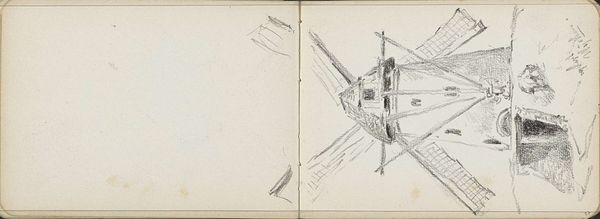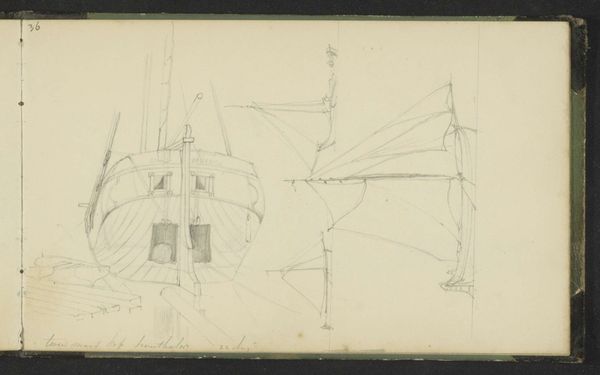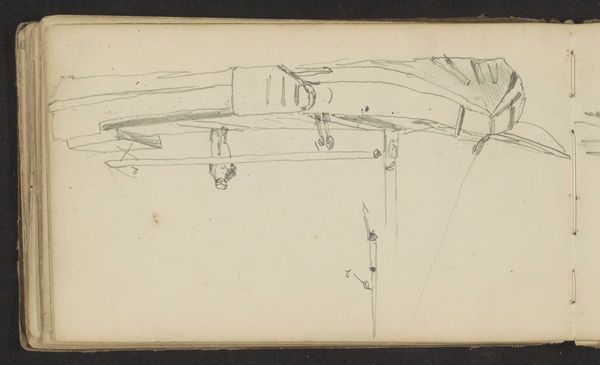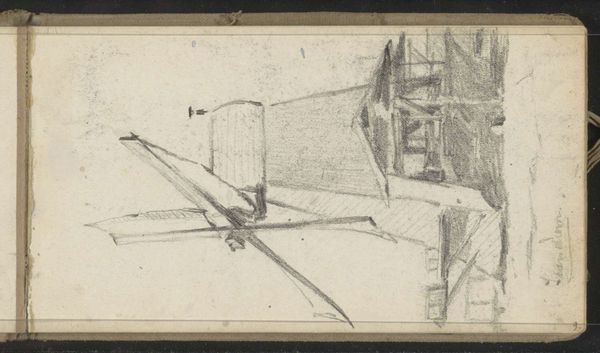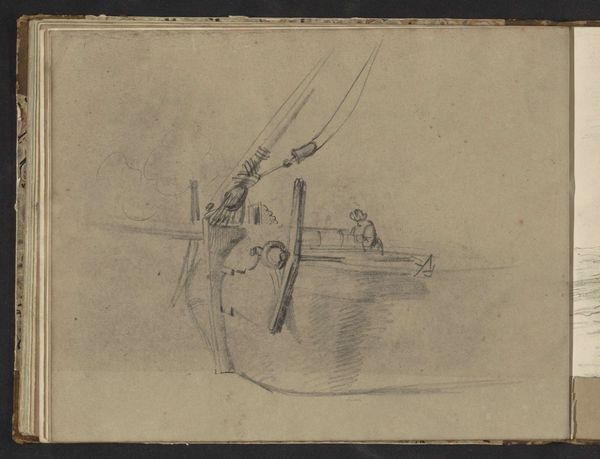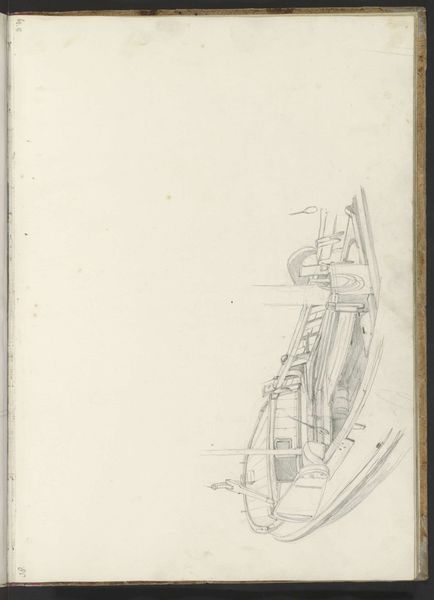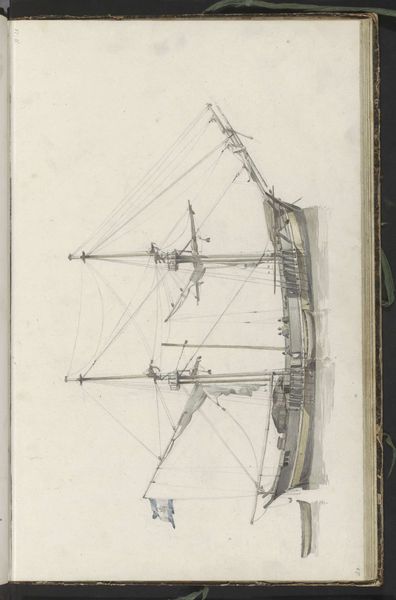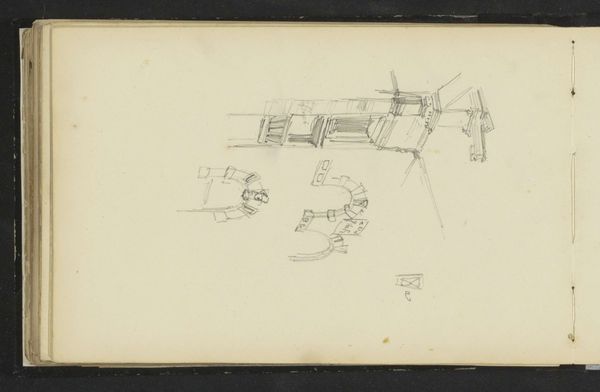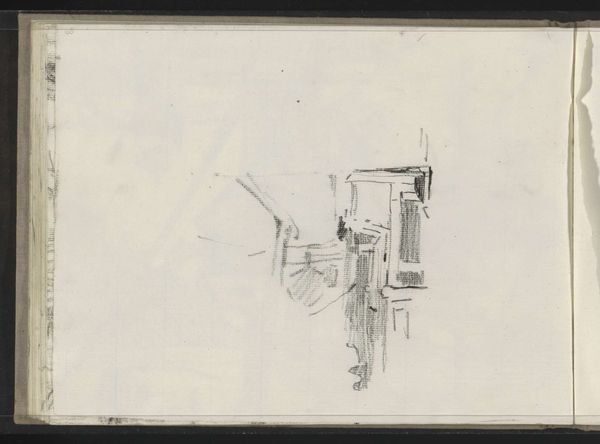
drawing, pencil
#
drawing
#
landscape
#
pencil
#
realism
Copyright: Rijks Museum: Open Domain
Editor: This pencil drawing, titled "Molen," was created between 1843 and 1845 by Hendrik Abraham Klinkhamer and is currently housed in the Rijksmuseum. It's incredibly detailed! I am struck by its stark, almost clinical depiction of the windmill structure. How do you interpret this work? Curator: It's interesting that you see it as clinical. Considering the time period, it’s essential to understand the rise of industrialization and its impact on society's view of such structures. Klinkhamer created this at a pivotal time in Dutch history when windmills were essential components of both land management and economic power. To represent a functional mill without romanticizing the subject suggests a shift in perception towards valuing the machine's engineering and function. It subtly promotes progress and mechanization in the Netherlands at this time. Do you see how it contrasts with other landscapes you might have encountered? Editor: I think so, most landscapes feel more pastoral. So, you're saying this wasn't simply a rendering of scenery but something more charged with social commentary? Curator: Precisely. The artist offers us an early form of celebrating architectural innovation as part of society's progression, especially because the work is in the medium of drawing. What impact did that choice by the artist have? Editor: Using pencil makes the scene feel more like an objective record rather than a picturesque scene made for aesthetic appreciation. Curator: Exactly. It highlights the intersection of artistic representation and its inherent ties to the evolving socio-political landscape of the Netherlands. Editor: I never considered how the industrial revolution influenced art beyond just subject matter. Thanks! Curator: My pleasure! Reflecting on these visual records provides a richer context for comprehending not just art, but history.
Comments
No comments
Be the first to comment and join the conversation on the ultimate creative platform.
